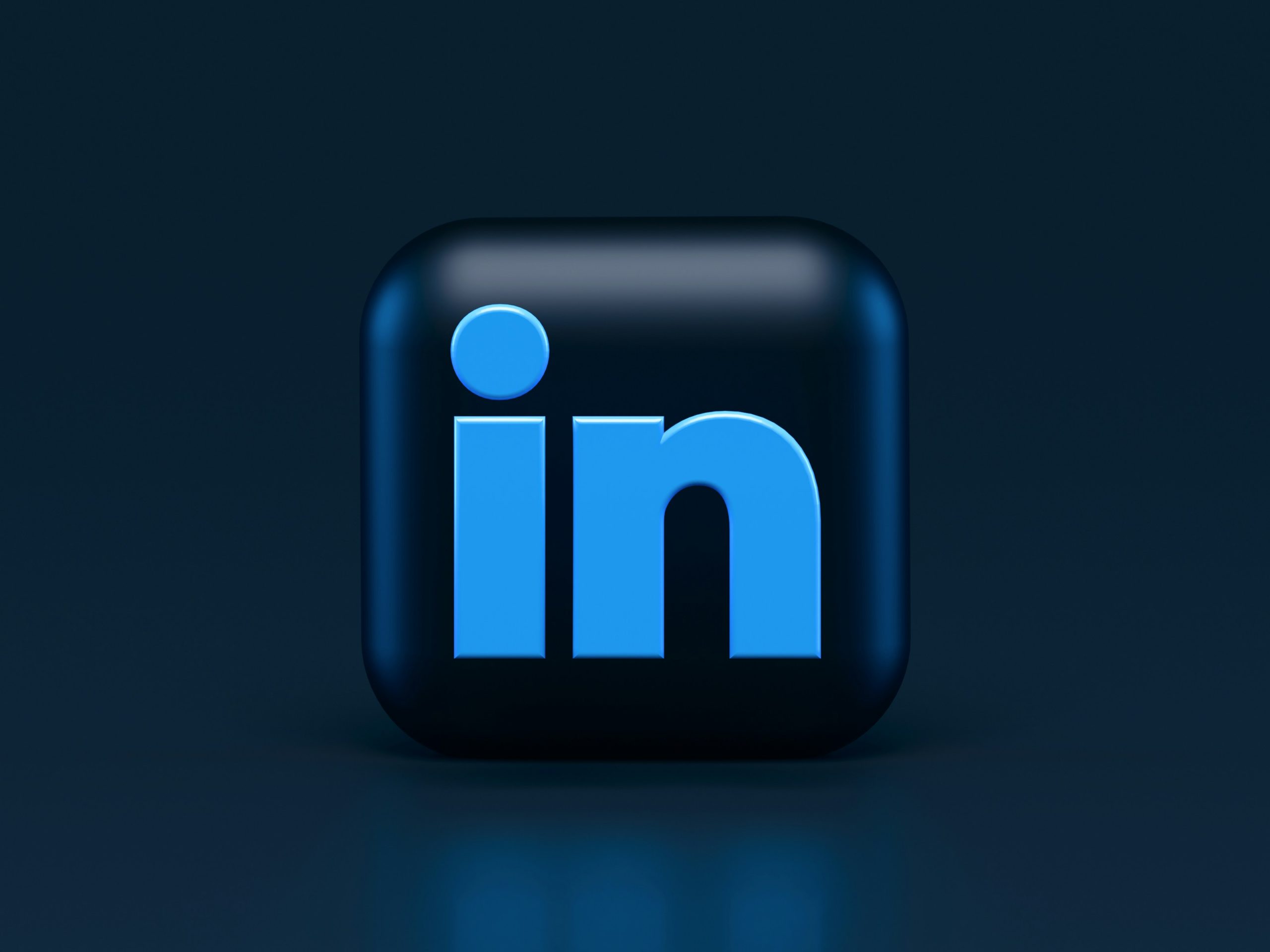How to Build a Successful LinkedIn Profile
A strong LinkedIn profile is essential for building your professional presence, expanding your network, and seizing career opportunities. It’s a tool for personal branding, professional development, and staying connected in your industry. Below are a range of tips to make sure you are getting the most out of our LinkedIn profile!
- Professional Headline: Craft a clear and concise headline that highlights your expertise in ERP. Include relevant keywords and skills to attract the attention of recruiters and hiring managers searching for candidates in your field.
- Detailed Summary: Write a compelling summary that showcases your experience, skills, and accomplishments. Highlight your areas of specialisation, industry knowledge, and career goals to make a strong first impression on profile visitors.
- Customised URL: Personalise your LinkedIn URL to include your name or a variation of it. This makes it easier for people to find and connect with you, especially when sharing your profile outside of LinkedIn.
- Professional Photo: Use a professional headshot as your profile photo to convey credibility and professionalism. Ensure that the photo is clear, well-lit, and appropriate for a business setting.
- Relevant Experience: List your relevant work experience in chronological order, including your current and past roles in ERP. Provide brief descriptions of your responsibilities, achievements, and notable projects to showcase your expertise and contributions.
- Skills and Endorsements: List your key skills, such as SAP, Oracle, ERP implementation, business process optimisation, etc. Encourage colleagues and connections to endorse your skills to validate your expertise.
- Education and Certifications: Include your educational background, as well as any certifications or professional qualifications relevant to your field. Highlighting your academic achievements and industry certifications can enhance your credibility as a skilled professional.
- Projects and Publications: If applicable, showcase any ERP IT projects you’ve worked on or publications you’ve contributed to. Provide details about your role, the project’s objectives, and the outcomes achieved to demonstrate your hands-on experience and thought leadership.
- Recommendations: Request recommendations from colleagues, supervisors, or clients who can attest to your skills and work ethic. Genuine endorsements from others can add credibility to your profile and reinforce your professional reputation.
- Engagement and Networking: Actively engage with relevant content in your LinkedIn feed, participate in discussions, and connect with industry peers, recruiters, and thought leaders in the ERP IT community. Building and nurturing your professional network can open doors to new opportunities and collaborations.
By implementing these strategies, you can create a compelling LinkedIn profile that effectively showcases your expertise and experience as an ERP IT professional, helping you stand out to potential employers and opportunities in the industry.

You might also like
View all newsThe Inside Truth About Transformation
By Tania Misteli For many years, I have helped businesses around the world deliver organisational change, from my roots in project management, progressing through to transformation delivery and then into leadership roles. I recall when transformation first became a new term in our corporate language and have seen it evolve into a fundamental part of […]
Read moreHow To Ace Your Job Interview!
Nervous for an upcoming interview? Read these tips and tricks to help you be as prepared as possible! Before the Interview Read the job description carefully What particular skills are they looking for? Where do yours apply? What can you draw from your experience to match what’s required? Research the company Before any interview, you […]
Read moreThe latest episode of The Catch Up Podcast is now available!
The Catch Up Podcast is now available on our YouTube channel and all major podcast platforms! Our monthly podcast will feature a conversation with an industry expert discussing insights, tips, and success stories. Is the traditional model of ERP implementation truly broken? Host Phillip Blackmore sits down with Steve Snowden, Founder and CEO of Snowden […]
Read more







